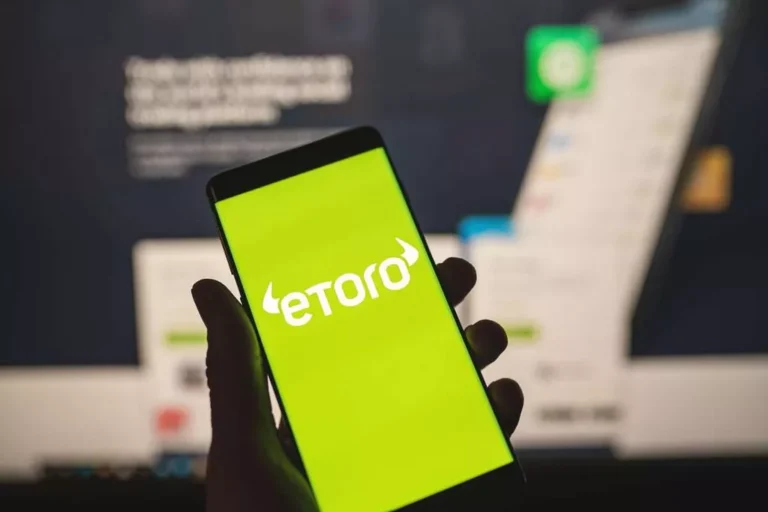This makes blockchain particularly valuable in sectors requiring accountability, corresponding to finance, provide chain administration, and government operations. With this transparency, stakeholders can independently audit and verify records, building belief throughout the community. A non-public blockchain network, much like a public blockchain network, is a decentralized peer-to-peer network. However, one group governs the community, controlling who’s allowed to take part, run a consensus protocol and maintain the shared ledger. Depending on the use case, this can significantly boost trust and confidence between members. A private blockchain may be run behind a company firewall and even be hosted on premises.
What’s The Difference Between Bitcoin And Blockchain?
Curiosity in enterprise purposes of blockchain has grown because the expertise evolved and blockchain-based software program and peer-to-peer networks designed for the enterprise came to market. In September 2022, Ethereum, an open-source cryptocurrency network, addressed concerns about vitality usage by upgrading its software architecture to a proof-of-stake blockchain. Identified simply as “the Merge,” this event is seen by cryptophiles as a banner second within the historical past of blockchain. With proof of stake, traders deposit their crypto cash in a shared pool in trade for the prospect to earn tokens as a reward.
Because of this distribution—and the encrypted proof that work was done—the blockchain data, similar to transaction historical past, turns into irreversible. Such a document could probably be a listing of transactions, but non-public blockchains also can hold quite a lot of different information like authorized contracts, state identifications, or a company’s inventory. Most blockchains would not “store” these things directly; they would probably be sent by way of a hashing algorithm and represented on the blockchain by a token. Since Bitcoin’s introduction in 2009, blockchain makes use of Digital Asset Trading have exploded through the creation of assorted cryptocurrencies, decentralized finance (DeFi) purposes, non-fungible tokens (NFTs), and smart contracts. IBM explains that sensible contracts follow the “if/when…then…” which are written into code on a blockchain. Ethereum is one other prominent blockchain platform known for its introduction of smart contracts and the Ethereum Digital Machine (EVM).
Asset Transfers
Instead, decision-making power rests with token holders who vote collectively. Whether Or Not it’s a rare weapon or a singular character, it’s yours if it’s an NFT. You can commerce it, sell it, or use it in different video games if they assist it. The new basic AI agent from China had some system crashes and server overload—but it’s extremely intuitive and reveals real promise for the future of AI helpers.
- By adopting blockchain, they solved several challenges, including batch processing and guide reconciliation of a number of thousand monetary transactions.
- On the Bitcoin and other bigger blockchains, that is almost unimaginable.
- The outcomes indicate that profitable founders actively seek inspiration past the blockchain ecosystem, adopting centralized decision-making kinds that allow quick adaptations and innovation.
- Blockchain is a sort of ledger expertise that stores and information information.
Blockchain technology serves as the spine of the Bitcoin network, which was launched in 2009 when its implementation was launched as open-source software program. Curiously, the word blockchain is rarely talked about in the Bitcoin whitepaper — the term has been popularized by later proponents of the technology. Proof of labor (PoW) is an algorithm for creating blocks and securing the Blockchain.
Though they all fall beneath the umbrella of DLT, each is a definite entity. Imagine you typed some info https://www.xcritical.com/ into a document on your pc and despatched it via a program that gave you a string of numbers and letters (called hashing, with the string referred to as a hash). You add this hash to the start of another document and kind data into it. Again, you utilize this system to create a hash, which you add to the next document. Every hash is a representation of the earlier document, which creates a sequence of encoded documents that can not be altered with out altering the hash. This network of applications compares every doc with those they have stored and accepts them as legitimate primarily based on the hashes they generate.
Blockchain records are, for many intents and functions, everlasting and tamper-proof. As Soon As data is written to a block, it’s extremely challenging to change, offering a dependable and reliable report. Cryptographic security and decentralized consensus mechanisms make this immutability attainable. Business-to-business transactions can take lots of time and create operational bottlenecks, especially when compliance and third-party regulatory our bodies are concerned.

Who Created The Primary Blockchain?
On the public Bitcoin community, members mine for cryptocurrency by solving cryptographic equations to create new blocks. The system broadcasts every new transaction publicly to the community and shares it from node to node. Every ten minutes or so, miners gather these transactions into a brand new block and add them permanently to the blockchain, which acts just like the definitive account book of Bitcoin.
Bitcoin’s popularity started to grow rapidly in 2011, after a Gawker article uncovered Silk Highway, a Bitcoin-powered online drug market. Imitators known as “altcoins” began to emerge, typically utilizing Bitcoin’s open-source code. Inside two years, the entire worth of bitcoins in circulation had passed $1 billion.

They may all be unique, but they won’t all succeed or gain mass adoption. Blockchain presents buyers with thrilling new opportunities, nevertheless it also comes with a number of dangers. Timing can be every little thing in this sort of attack—by the time the hacker takes any motion, the community is prone to have moved previous the blocks they had been trying to alter.
Blockchain’s use cases and industry applications have grown far outdoors its original cryptocurrency software to include smart contracts, cybersecurity, web of things (IoT) and non-fungible tokens. NFTs are digital property representing all or parts of real-world objects such as art or music. They’re purchased, sold and traded online, they usually’re a well-liked Anti-Money Laundering (AML) means to buy and promote digital art work. These steps happen in near actual time and contain a spread of elements. Nodes in public blockchain networks are referred to as miners; they’re usually paid for this task — typically in processes known as proof of labor (PoW) or proof of stake (PoS) — normally within the form of cryptocurrency.
Scalability remains a significant concern, particularly in older blockchain systems like Bitcoin. As these early blockchain networks grow and see increased adoption, they usually encounter bottlenecks, leading to slower transaction processing occasions and elevated prices. While blockchain promises decentralization and security, its initial structure struggles to match the transaction speeds of traditional centralized systems. Nevertheless, newer blockchains have acknowledged and addressed this issue, implementing options to reinforce scalability. This evolution is crucial for the broader adoption of blockchain technology and its potential to revolutionize industries.
